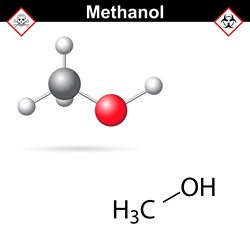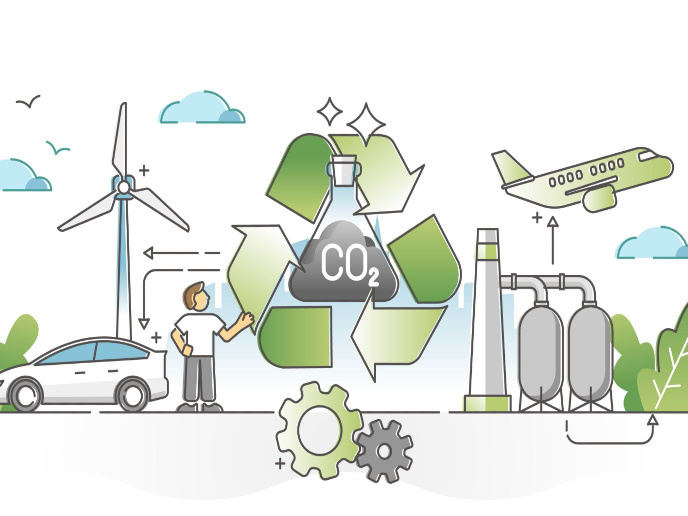Methanol from carbon dioxide
One promising solution to global warming may be to use the CO2 extracted from the air, or directly reduce its emission, by using CO2 as an ingredient for industrial chemistry. However, certain reactants used in such processes may liberate even more CO2 than would be incorporated into the final product. The EU-funded ECO2CO2(opens in new window) (Eco-friendly biorefinery fine chemicals from CO2 photo-catalytic reduction) project aimed the conversion of CO2 for the synthesis of methanol. Key was a photoelectrochemical reactor, designed to use water and sunlight to achieve a conversion efficiency of 6 %. The application was fine chemicals, such as those used in fragrances, flavourings and adhesives. The project began with selection of various target fine chemicals according to partner needs. As the concept evolved during the project, partners modified the grant agreement. The team then studied two routes to methanol production: (1) Direct methanol synthesis and (2) indirect synthesis by developing electrocatalysis for the CO2 and H2O reduction to CO and H2 (syngas), which can be converted into methanol by traditional processes. Researchers screened catalytic reactors for the competitive production of valuable fine chemicals using methanol as reactant (i.e. methyl 2-furoate, resins from lignin) and designed different reactor’s systems. The smaller produced 1-10 grams per hour (g/h), while the larger produced 10-100 g/h of methyl 2-furoate and adhesive components (i.e. partial substitutes of phenol), respectively. The stage achieved 15 % of the original productivity target. Later, the team pretreated, conditioned and characterised lignin samples. They conducted acid washings to reduce the lignin's carbohydrate content. Researchers also studied various methods of recovering lignin breakdown products. The main components were selected for further experiments. The highest achieved conversion rate for the lignin methylation was 43 %. The result suggests the process can be scaled to achieve 100 g/h. Modelling data also indicated a promising direction for further study. The best result achieved to date was 4.8 % overall sunlight to syngas conversion efficiency (with a quite stable CO/H2 ratio of about 3). ECO2CO2's synthesis techniques proved suitable for mass production. Researchers used the methods to manufacture the prototype, which operated for the expected 1000 hours. Other work included development of exploitation and economic plans. The project also conducted numerous training events. ECO2CO2 results promise new routes for industrial use of CO2 to make methanol or other fuels (i.e. syngas): two important and versatile chemicals. Hence, the processes may lead to reduction in greenhouse gas emissions from European industry.







